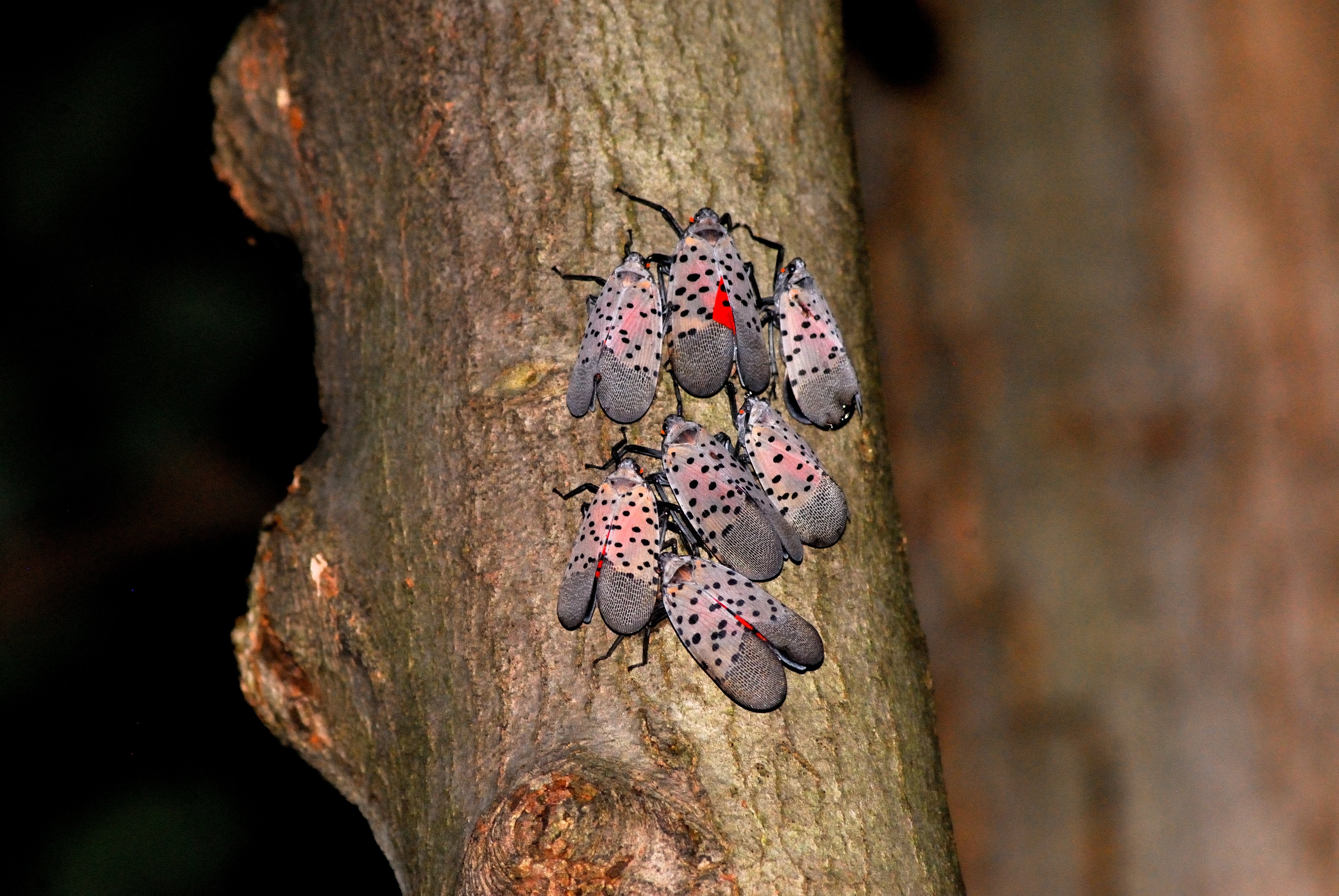Spotted Lanternfly Control in Delaware

If you've experienced the destruction that the spotted lanternfly in Delaware can cause, you're not alone. This invasive species has decimated gardens, crops, and vineyards across the state and cause huge problems for residents and business owners. Whether you live on the Eastern Shore of Maryland, or own an agriculture business in Dover, it's important to understand more about these attractive but destructive pests.
In this blog, we look closer at the spotted lanternfly, the damage they can cause, and most importantly, how to avoid an infestation taking hold.
What Are Spotted Lanternflies?
The spotted lanternfly is an invasive species that damages trees, plants, and outdoor spaces. In recent years, they have rapidly spread across Delaware, threatening residential spaces, agriculture and vineyards. Lanternflies feed on a wide range of trees and plants, causing problems for residents and local businesses.
Why Are Spotted Lanternflies So Destructive?
With their vibrant red wings, intricate black spots, and delicate appearance, spotted lanternflies might seem more like a work of art than a destructive pest. But don't let their beauty fool you. These winged insects are incredibly harmful and leave a trail of destruction in their wake.
The spotted lanternfly sucks sap from plants, weakening them and making them more vulnerable to disease, the elements, and other stressors. They also excrete a sticky honeydew that promotes mold growth and attracts other pests.
How to Tell if You Have an Infestation
Early identification of a spotted lanternfly infestation is essential for minimizing the damage they can do and arranging pest control in Delaware. Here's how to tell if you have a problem with these pests:
Sightings of Spotted Lanternflies
Adult lanternflies have distinctive colorful wings. The front wings are grey with black spots, and the hind wings have patches of red, black, and white. Adults are around 1 inch long.
Look out for lanterfly egg masses on tres, vehicles, outdoor furniture, and other surfaces. Eggs are light grew and look like mud smears.
Plant Damage
When spotted lanternflies feed, they remove the sap from plants. Look for tilting, leaf curling, and reduced growth as these are sure signs that lanternflies are present. If your plants or outdoor surfaces have a sticky substance on them, it could be the honeydew that lanternflies secrete.
Do You Have Tree of Heaven?
Spotted lanternflies love tree of heaven (Ailanthus altissima) and may be more prevalent on your property if you have this plant growing. In fact, spotted lanternfly control in Delaware includes removing tree of heaven and applying pesticides where necessary.
How to Stop and Prevent Spotted Lanternflies
When it comes to spotted lanternfly control in Delaware, nobody does the job better than Viking Pest Control. Whether you have spotted lanternflies in your garden, vineyard, or crops, you'll want to eliminate them quickly, and we have the solution to this attractive but destructive menace.
We offer comprehensive pest control treatments for this specific insect. Our complimentary spotted lanternfly egg removal cards are designed to reduce infestations before they have a chance to hatch. Lanternflies lay eggs in the hundreds and camouflage them to blend into the environment. These eggs often go unnoticed until it's too late, and the brood has hatched and started to feast on your plants, trees, and crops. By addressing the problem at its source, we help to reduce the spread of these pests and the damage they can cause.
Don't take any chances with these destructive pests. Call Viking Pest today at 800-618-2847 to eliminate your spotted lanternfly infestation.











